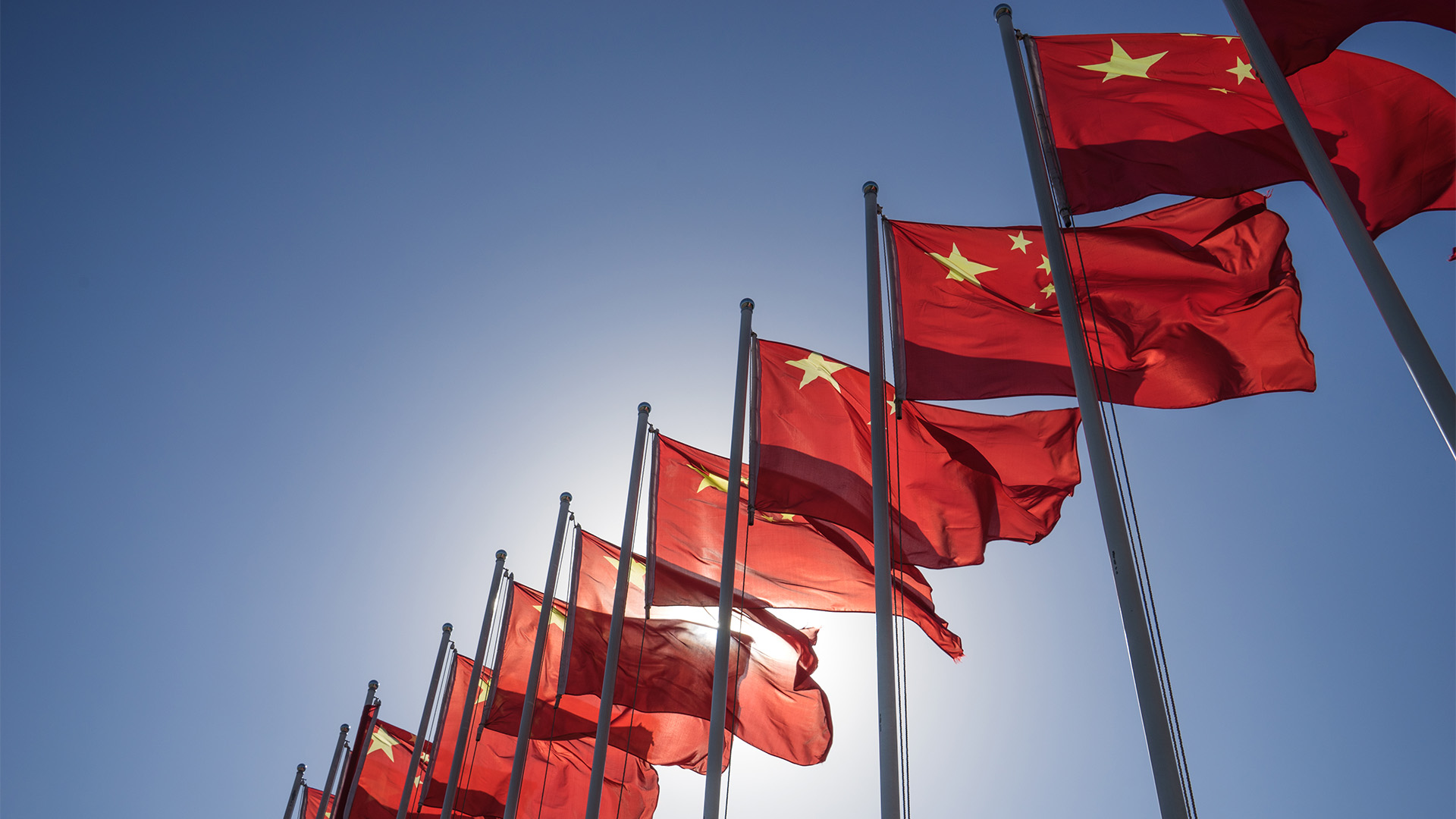Can someone lend the Chinese government an old-fashioned PR hack from Australia or the US – someone who knows the value of a ‘good’ figure, especially with Tuesday’s economic policy changes (if they are indeed real), needing a peg to focus investor minds?
A series of statements, assurances, and policy pronouncements from the Chinese government and Communist Party will try to make the West believe that this time, the country is serious about support – really serious.
The statements, which were the latest in a series of policy leaks and commentaries in official media from the Politburo of the Communist Party and the key National Development and Reform Commission, as well as several key government departments, saw shares in China and Hong Kong rise by 2% to more than 3% on Tuesday.
The policy move that got the loudest cheers was a statement of support for the embattled property sector (yet another) from China’s Politburo, which promised to “adjust and optimise policies in a timely manner” for the ailing property sector. Beijing’s top decision-making body also vowed to “elevate stable employment to a strategic goal,” along with other pledges to boost consumption and tackle debt risks.
But that has all been heard before, and until someone has the courage to put a number on it, as China did nearly 15 years ago, this will all be PR fluff.
Back in late 2008 when the GFC was hitting the walls in the wake of Lehman Bros’ implosion, China revealed plans to support the economy, predicated on just one figure – $US586 billion – as the size of the support.
Small now after the sums spent in the West in the pandemic and beyond, but at the time, it was a startlingly large figure that clearly showed that China was supporting its economy, and other countries and industries would benefit, such as iron ore industries in Australia and Brazil, for example, and the fortunes of BHP, Vale, Rio Tinto, Fortescue, and a host of smaller groups.
China’s economy is operating at sub-par levels, judging by the latest data for the June quarter. Gross domestic product grew at an annual rate of 6.3% in the second quarter, below market expectations for 7.3% growth, while on a quarterly basis.
On a quarterly basis, economic output grew by 0.8%, slower than the 2.2% increase recorded in the March quarter, while retail sales, investment, and production remain weak, and youth unemployment hit a record high of 21.3% in June.
While the ruling Chinese Communist Party has set a growth target of 5% for 2023, it will be from a base in 2022 weakened by Covid and the restrictions imposed by President Xi, which held growth back to just 3%.
Now, after the post-Covid reopening boom fell flat in the past three months, China has felt it necessary to go back onto the PR trail, promising increasing levels of support – especially for the stricken property sector – even if, at times, the support seemed weak and grudgingly given and later vanishes.
Over the past week, Chinese authorities announced a series of pledges targeted at specific sectors or designed to reassure private and foreign investors of a more favourable investment environment on the horizon.
China’s top leaders Monday moved (after much fanfare) to ramp up policy support to boost domestic consumption as the country’s post-Covid rebound has failed to appear (which is a failure of policy implementation). Xinhua, the state news agency, said the Politburo believes “the economy is facing new difficulties and challenges.” That’s mainly due to weak domestic demand, operational challenges for companies, as well as “a grim and complex external environment,” it said.
All this has been clear for months, as exports slid, imports dropped, and consumer price inflation hovered on the edge of deflation, where it feels it could join producer prices which are already deep in the mire.
“The meeting emphasised that it is necessary to actively expand domestic demand, give full play to the basic role of consumption in driving economic growth, expand consumption by increasing residents’ income,” according to Xinhua.
“It is necessary to boost the consumption of automobiles, electronic products, and home furnishing and promote the consumption of services such as sports, leisure, and cultural tourism,” said the report.














